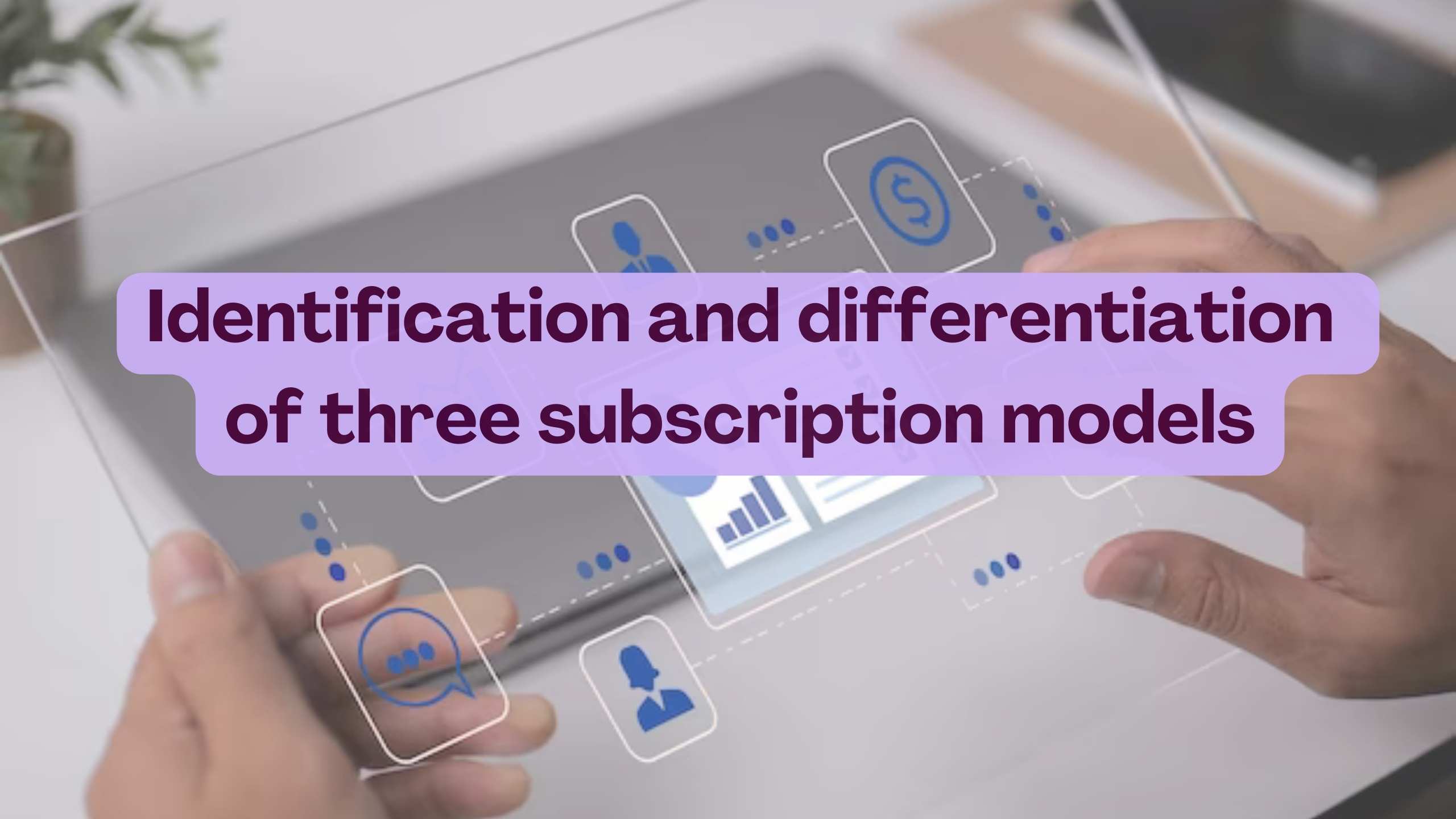Identification and differentiation of three subscription models
- Expense Management Software Credit Cards Investing Business Solutions


Identification and Differentiation of Three Subscription Models
Subscription models have become a cornerstone of the SaaS landscape, offering businesses and individuals flexible access to software tools. In this exploration, we will delve into the identification and differentiation of three primary subscription models, shedding light on their nuances and how they cater to diverse user needs.
Understanding the Three Subscription Models
1. Single-Tier Subscription
A single-tier subscription model offers a straightforward pricing structure where users pay a fixed fee for access to the entire suite of features. This model is ideal for users who require all-encompassing functionality without the complexity of choosing between different plans.
2. Tiered Subscription
In a tiered subscription model, users can choose from multiple plans, each offering a different set of features at varying price points. This model caters to a broader audience by providing options that align with different user needs and budget constraints.
3. Usage-Based Subscription
The usage-based subscription model charges users based on their utilization of the software. This model is particularly advantageous for businesses with fluctuating usage patterns, allowing them to scale their subscription costs according to actual usage.
Relevant SaaS Products for Various Subscription Models
- Microsoft 365: An example of a single-tier subscription model providing access to the full suite of Microsoft Office applications.
- HubSpot: Demonstrating a tiered subscription model with options for Marketing Hub, Sales Hub, Service Hub, and more.
- Amazon Web Services (AWS): Exemplifying a usage-based subscription model where businesses pay for the computing resources they consume.
- Zoom: Offering both free and tiered subscription plans for virtual meetings, catering to various user requirements.
- Slack: Implementing a tiered subscription model with different plans offering varying levels of collaboration features.
Deciding the Right Model for Your Needs
Choosing the most suitable subscription model depends on your specific requirements and usage patterns. Consider the following factors:
- Budget Constraints: Single-tier models are ideal for a fixed budget, while tiered models offer flexibility.
- Varied Usage Patterns: If your usage varies significantly, a usage-based model might be cost-effective.
- Feature Requirements: Assess your feature needs; choose a model that aligns with the functionalities essential for your goals.
Conclusion: Tailoring Subscriptions for Diverse Needs
In conclusion, the identification and differentiation of subscription models empower users to make informed decisions. Whether you prefer the simplicity of a single-tier model, the flexibility of tiered options, or the scalability of usage-based plans, there’s a subscription model designed to meet your specific needs.
As you navigate the diverse landscape of subscription models, Subscribed.FYI serves as a valuable ally. Tailored for freelancers, agencies, and small teams, the platform simplifies decision-making and enhances productivity in managing your SaaS stack.





